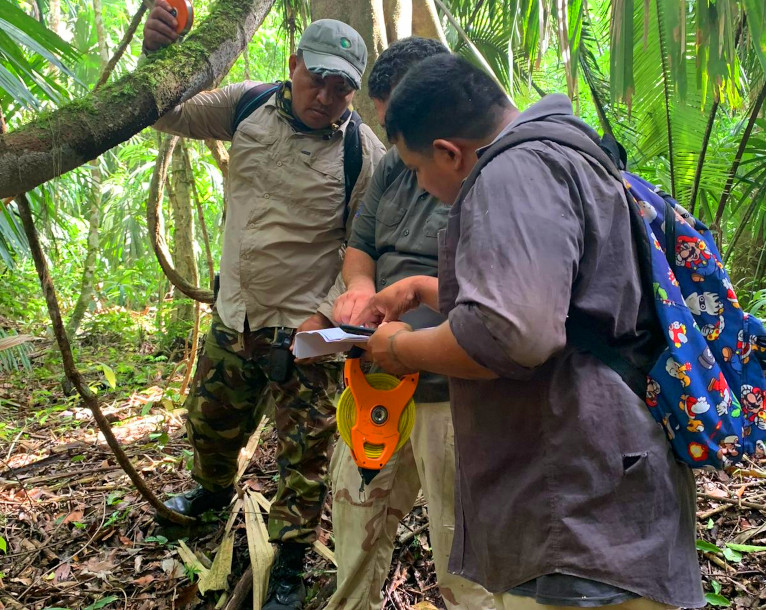Sustainable Forest Management (SFM) Program
Home / Sustainable forest Management
Responsibilities:
The Sustainable Forest Management (SFM) Program of the Forest Department is responsible for the implementation of the approved policies and legal procedures applicable to the management and use of the forest resources throughout the entire country. These policies and procedures are put into action through a number of instruments as determined by the Forest Act (Chapters 213) and Forest Regulations (Chapter 213s) which are the Substantive and Subsidiary Laws of Belize, respectively, governing the management of forest resources in Belize.
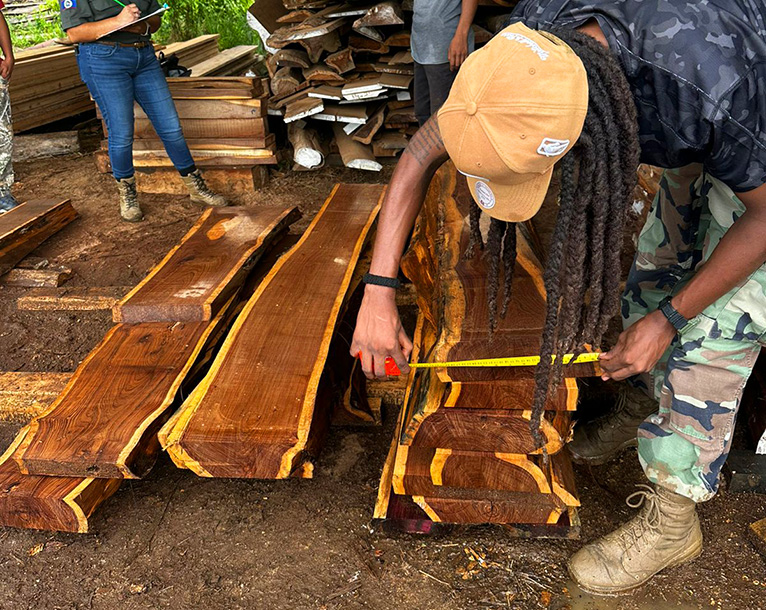
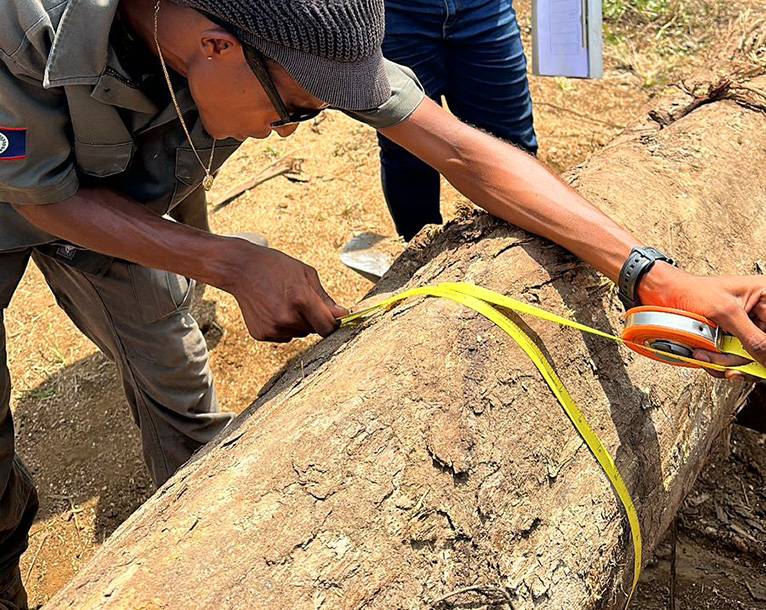
LICENSE TYPES
The Forest Act establishes the following categories of licenses and permits through which forest resources may be authorized for extraction:
A Forest License for Sustained Yield (Long Term Forest License) working of timber or other forest produce, except chicle or crown gum. This applies to forests in Forest Reserves and community lands, as well as those on private properties. Currently there are ten (10) LTFLs in forest reserves, three (3) in community lands and four (4) in private properties. Sustainable forest management is achieved through the long term planning and use of our forest resources, this being the core principle of all Long Term Forest Licenses. The duration of LTFL’s extends from twenty (20) to forty (40) years.
All LTFL’s are guided by a Sustainable Forest Management (SFM) Plan developed on the basis of a general inventory of the forest under management. Forest inventory data is analyzed to determine species presence and distribution, timber stocking and sustained yield projections for a period of 5 to 10 years. The SFM plan encompasses methods to promote reduced impact logging and identifies areas of ecological importance for conservation and protection. Upon approval of the SFM Plan by the Forest Department, the licensee is required to develop an Annual Plan of Operation (APO) for a specified area. APO data is based on a 100% stock inventory of all commercial species intended for harvesting that year. APO development follows the criteria established by the Forest Department and principles stipulated in the SFM Plan. That is, the stock inventory data is checked against established sustainability criteria and analyzed using a General Yield Model (v. 18 July 2018). The model calculates seed tree suitability (STS), residual volume, harvest volume, restocking threshold, recommended cutting intensity, among other sustainability checks. The APO is prepared by a certified Forester and submitted to the Forest Department for review and approval. Upon approval of the APO, a Pre-harvest Release (PHR) assessment is conducted to determine whether logging units meet the standards for logging and to assess its conformity with the approved APO. A PHR report is prepared and submitted to the Chief Forest Officer for the approval of a Cutting Permit. The Cutting Permit formally grants permission to the licensee to commence harvesting operations.
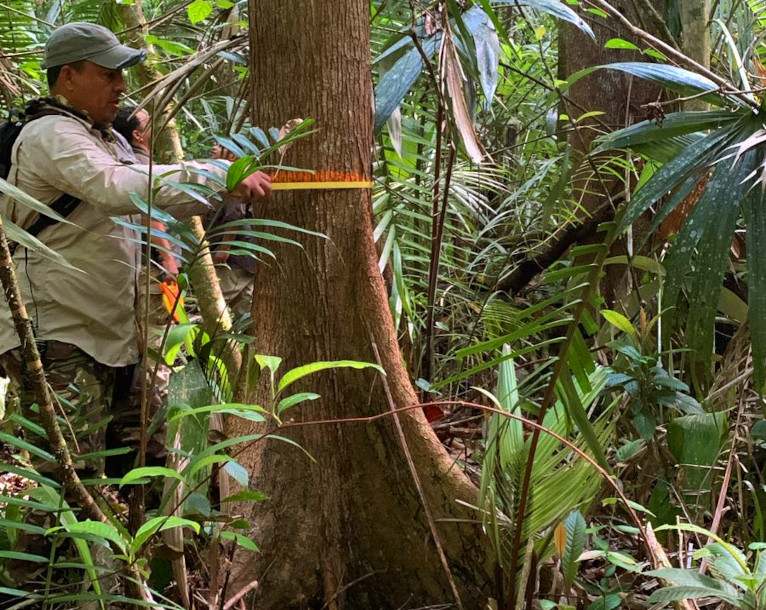
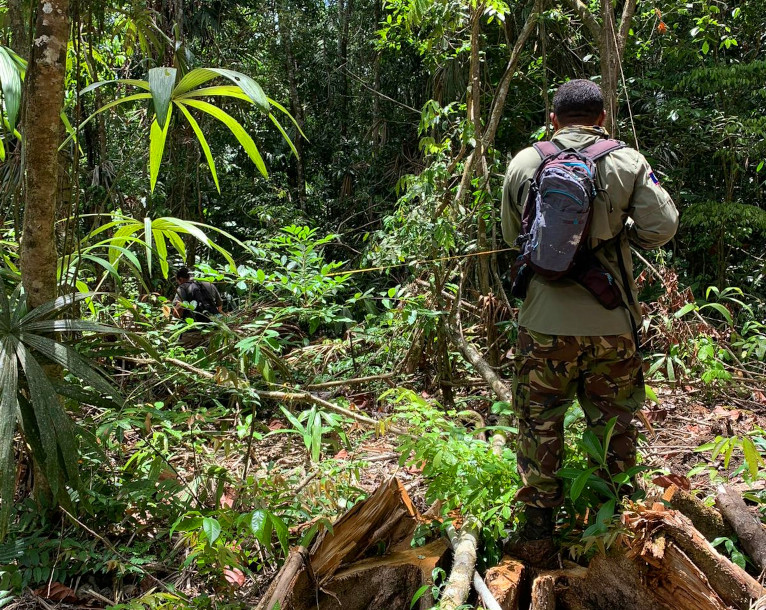
A Petty Permit for the working of timber or other forest produce where the royalty value of the produce does not exceed fifty dollars ($50.00). This type of permit responds primarily to the personal needs of individuals for small amounts of timber or other forest produce such as building materials and farm-based uses.
Revenues (royalties) are collected on all timber and non-timber forest produce harvested. All licenses/permits are monitored by the Forest Department.
Community Forest Initiatives A few years ago the Forest Department launched a program with the objective of involving indigenous communities in the Toledo District in the management of forest resources in communal lands that were being impacted directly by the existence of these communities. Presently, three such communities are beneficiaries of this initiative through which their members have been trained in various aspects of forest management.
The SFM Program also monitors the import and export of forest produce. The importation of lumber goes through a vetting process and if approved, an Import Permit detailing place of origin, species, product form and class, product dimension and volume is issued. The main species of import is pine. Similarly, the exportation of forest produce goes through a vetting process and if approved an Export Permit is issued detailing the origin, species, product form and class, product dimension and volume. The main species of export are Mahogany, Cedar and Rosewood. These are CITES regulated species and its exportation requires a CITES Certificate approved by the Chief Forest Officer. The exportation of these species is based on annual export quota that is managed and monitored under a Quota Setting System.
